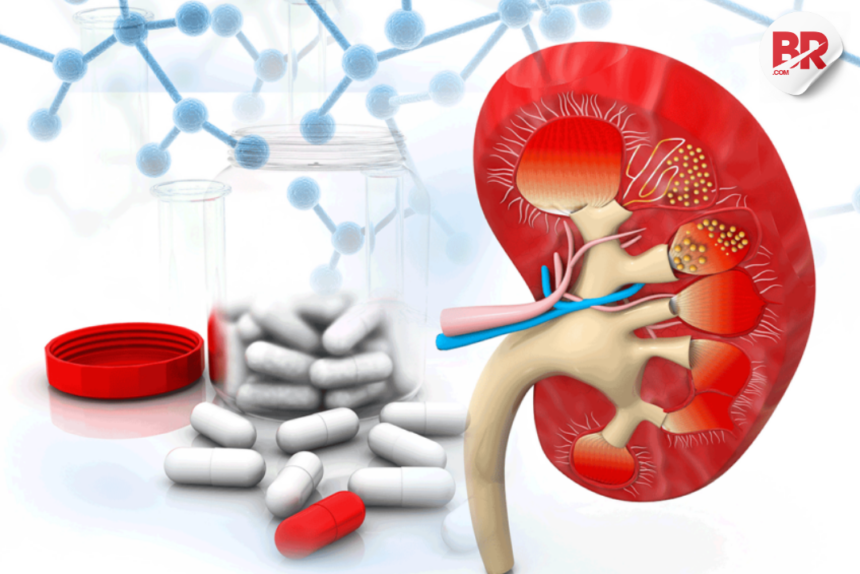
Age-related macular degeneration (AMD) is one of the leading causes of vision loss in people over 50. Millions around the world struggle with this condition, which robs them of sharp, central vision.
While there are treatments to manage its symptoms, no cure exists—until now. Eleva’s CPV-104 shows significant promise in AMD research, potentially changing the future of treatment for this debilitating condition.

What Is AMD?
AMD is a progressive eye disease that affects the macula, the central part of the retina. This area is responsible for sharp, detailed vision, which is essential for daily activities like reading, driving, and recognizing faces. AMD has two forms: dry and wet.
Dry AMD is the more common type, while wet AMD, though less frequent, can cause more severe vision loss due to abnormal blood vessels forming under the retina.
Over time, AMD leads to blurry or lost vision. It’s a frustrating condition, especially since there’s no cure yet—only treatments that manage symptoms. However, recent breakthroughs like CPV-104 offer hope for a better future.
What Is CPV-104?
CPV-104 is a recombinant human protein developed by Eleva, a biotech company focused on eye diseases. This protein shows great potential in addressing two critical issues in AMD: inflammation and the accumulation of waste materials in the retina.
Both of these factors contribute to the progression of the disease.
In preclinical studies, CPV-104 showed positive results in animal models. It helped to:
- Reduce Inflammation: Chronic inflammation is a major factor in AMD. CPV-104 can modulate inflammatory pathways, potentially slowing down the progression of the disease.
- Clear Waste Material: AMD is associated with the buildup of waste materials like lipofuscin in the retina. CPV-104 showed promise in helping to reduce this accumulation, which could protect retinal health and slow vision loss.
Also Read: New Technique Brings Hope for Rare Cancer Treatment – Read It!
Why CPV-104 Matters for AMD Patients
What makes CPV-104 particularly exciting is that it targets the underlying mechanisms of AMD, not just the symptoms. Current treatments, such as anti-VEGF injections used for wet AMD, focus on managing the disease but don’t address the root causes.
CPV-104, however, aims to tackle the inflammation and waste buildup that drive the disease’s progression.
While this research is still in the preclinical phase, the results are promising. If CPV-104 proves to be safe and effective in clinical trials, it could offer a significant breakthrough in how AMD is treated. This could change the lives of millions who are currently living with the disease.
Also Read: Chinese CEO Launches Bold Bid to Topple Merck Keytruda in Global Cancer Race
The Road Ahead for CPV-104
Though the animal studies are promising, the journey from lab to clinic is long. Eleva will likely move CPV-104 into clinical trials to assess its safety and efficacy in humans.
Success in these trials could pave the way for regulatory approval, making CPV-104 available to patients around the world.
In the meantime, the scientific community is eagerly watching CPV-104’s progress. Researchers are also exploring other innovative treatments, such as gene therapy and stem cell therapies, that may complement CPV-104’s effects. Together, these advancements could bring us closer to a future where AMD is not just managed but possibly prevented.
A New Hope for AMD Patients
CPV-104 is just one piece of the puzzle in the fight against AMD. As the research community continues to explore new therapies, CPV-104’s potential could play a crucial role in improving the lives of those with AMD. If clinical trials confirm its effectiveness, it could offer a much-needed breakthrough in the treatment of this leading cause of vision loss.
Also Read: Aurobindo Pharma Gets USFDA Approval for Generic Xarelto, Targets $447 Million US Market!












